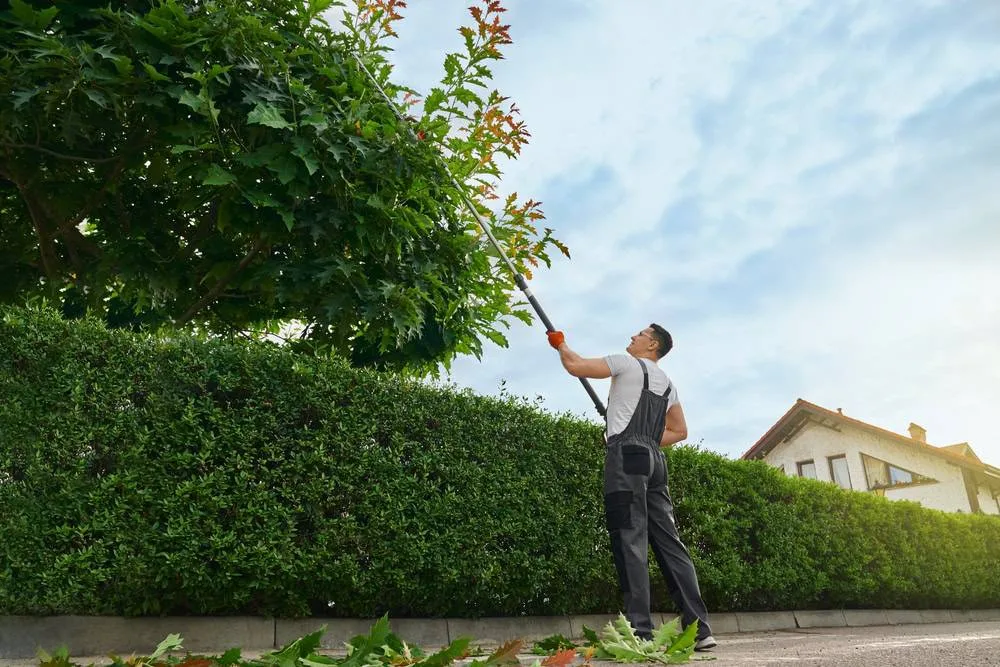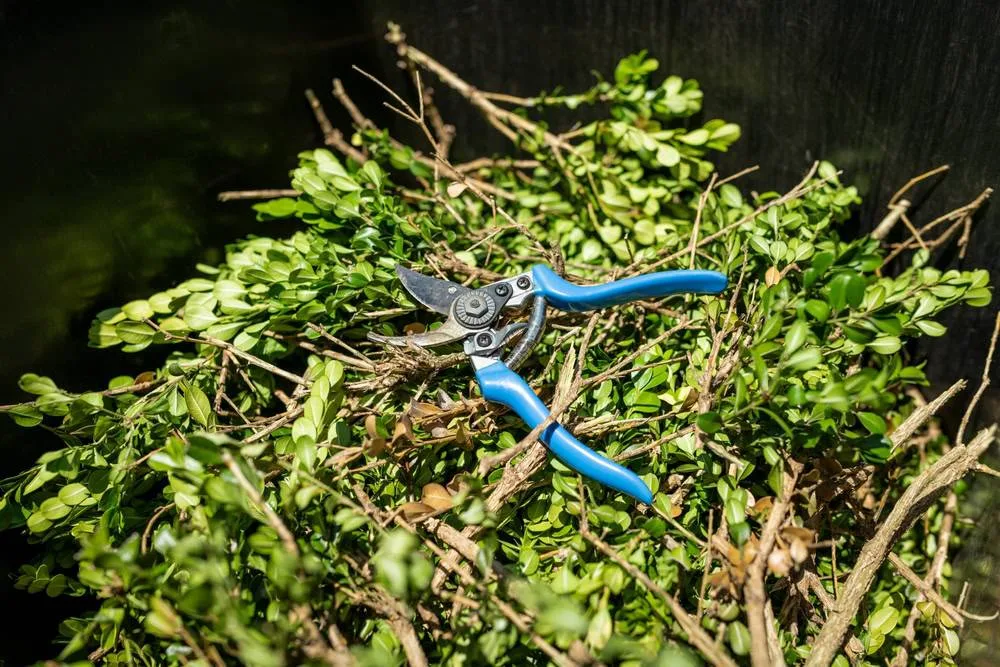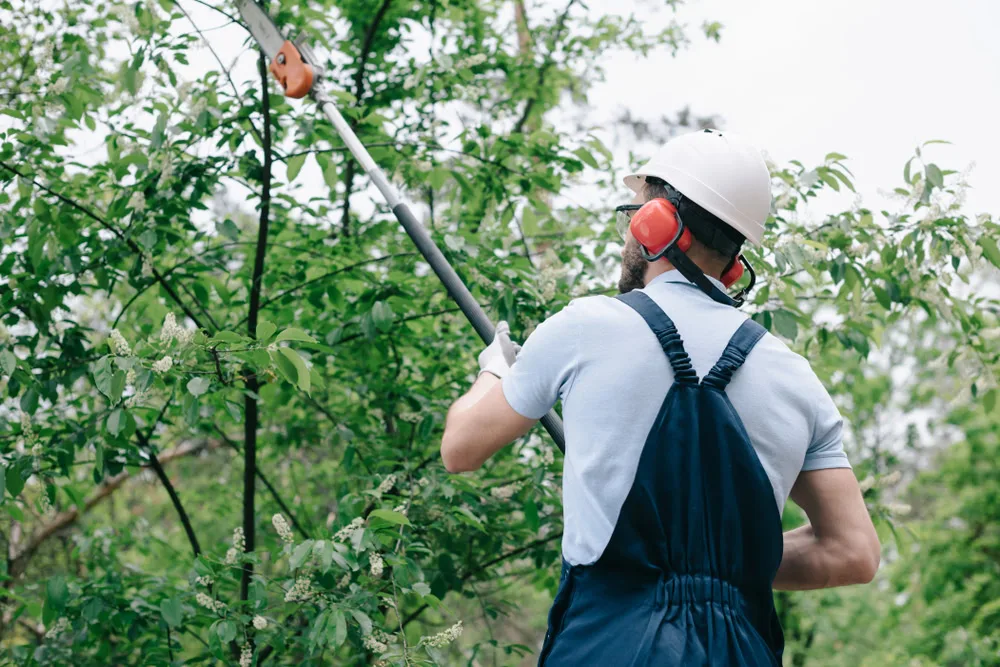Tree Trimming in Huntington Bay, NY
Your Trees Trimmed Right the First Time
Professional tree trimming that protects your property and keeps your landscape looking its best year-round.

Hear from Our Customers

Professional Tree Care Services
You get trees that can handle Long Island’s storms without dropping branches on your roof or car. That’s the real value here – not just making things look neat, but preventing the kind of damage that costs thousands to fix.
Proper trimming also means your trees stay healthier longer. When you remove dead or diseased branches the right way, you’re not just cleaning up – you’re giving the tree a better chance to thrive. Healthier trees mean better property values and fewer headaches down the road.
The visual impact matters too. Well-trimmed trees frame your property correctly, let in the right amount of light, and maintain those water views that make Huntington Bay special. It’s about balance – keeping your landscape looking intentional rather than overgrown.
Huntington Bay Tree Trimming Experts
Green Light Tree Services has been handling tree care across Long Island for years. We understand how coastal conditions affect tree health and what it takes to keep mature trees safe around valuable properties.
Every job gets handled by certified arborists who know the difference between a quick hack job and proper pruning techniques. We carry full licensing and insurance because tree work around expensive homes requires that level of protection.
Local knowledge matters when you’re dealing with nor’easters, salt air, and the specific tree species that thrive in this area. We’ve seen what works and what doesn’t in Huntington Bay’s unique environment.

Tree Trimming Process
First, a certified arborist evaluates your trees to identify what actually needs trimming versus what looks like it might. Not every branch that seems problematic actually is – and cutting the wrong ones can weaken the tree or ruin its natural shape.
The trimming itself follows proper arborist techniques. That means making cuts at the right angles, in the right locations, and at the right time of year for each species. The goal is removing problematic branches while maintaining the tree’s structural integrity and health.
Cleanup happens as part of the job, not as an afterthought. All debris gets removed from your property, and the work area gets left clean. You shouldn’t have to deal with piles of branches or sawdust after professional tree work.

Ready to get started?
Tree Maintenance Services
Every tree trimming job includes a thorough assessment of tree health and structural integrity. Our arborists identify dead, diseased, or damaged branches that need removal, plus any growth patterns that could cause problems later.
The actual trimming work uses proper techniques for each cut. This means understanding where to cut to promote healing, how much to remove without stressing the tree, and which branches to leave for structural support. Poor trimming techniques can damage trees permanently.
Emergency situations get priority response. When storms damage trees around Huntington Bay properties, quick action prevents further damage to homes, vehicles, or power lines. We handle emergency tree trimming with the same attention to proper technique, even under time pressure.
